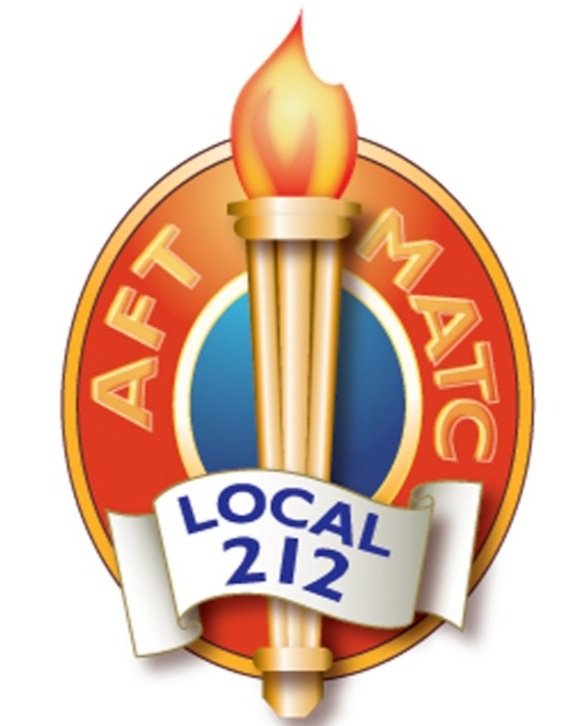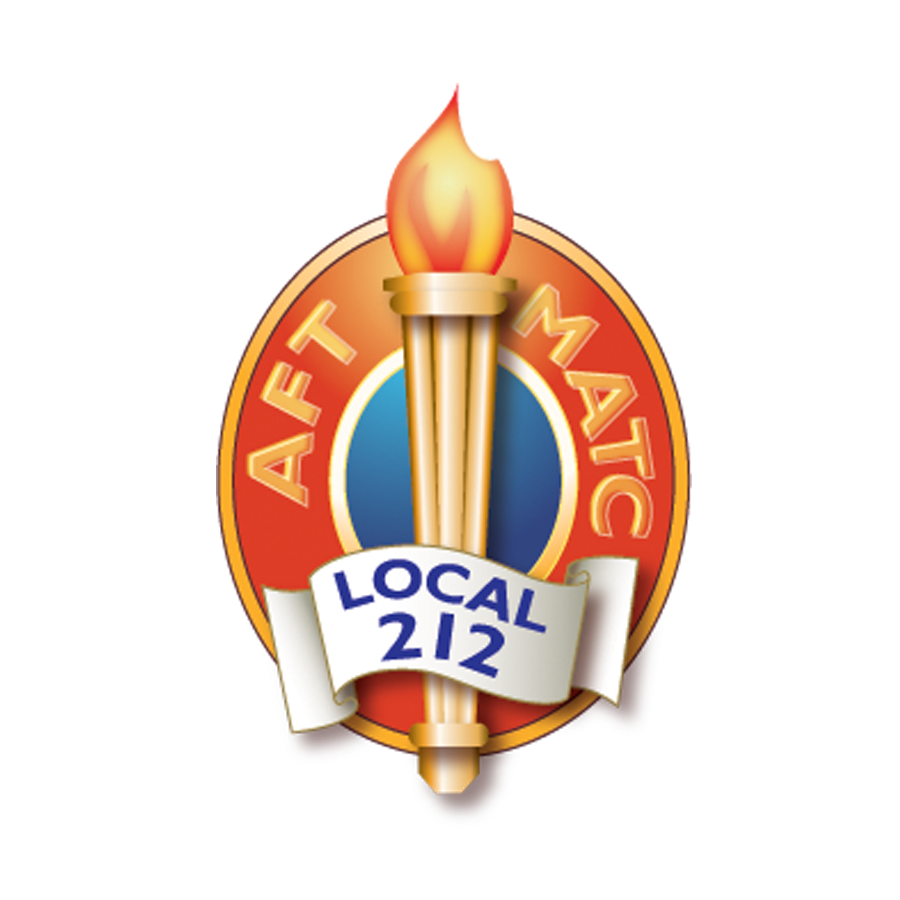Where Money for Schools Comes from Matters Too
A new study by the Albert Shanker Institute shows that the source of school funding—rather than its quantity—might be a crucial factor in the effectiveness and improvement of K-12 school finance systems. Using data from nearly all states collected over a two-decade period, the authors evaluate each state in terms of how much of its funding comes from state sources (mostly income and sales tax) versus local sources (mostly property tax), and whether variation in these state and local "shares" affects funding outcomes.
A recent article in the Milwaukee Journal Sentinel reports on application of some of these concepts to Wisconsin's UW and Wisconsin Technical College Systems (WTCS). Important to remember in reading the article is that the authors of the research study compare apples-to-oranges when analyzing the levels of state support for the two systems. For example, the WTCS colleges receive more monetary support because they have local property taxing authority, something that the UW System schools do not, and something that Republican legislators continue to try and take away. Additionally, the state funding provided to the WTCS colleges was very, very small until a few years ago when the Republican-controlled legislature replaced half of the property tax funding with state dollars. While on paper the funding increase from the state looks good, in effect, that change did not provide additional dollars to WTCS colleges like MATC as it all went to property tax relief. Moves like this provide a good political story, but in reality result in less money for important services and exemplify why political activity and elections matter.

